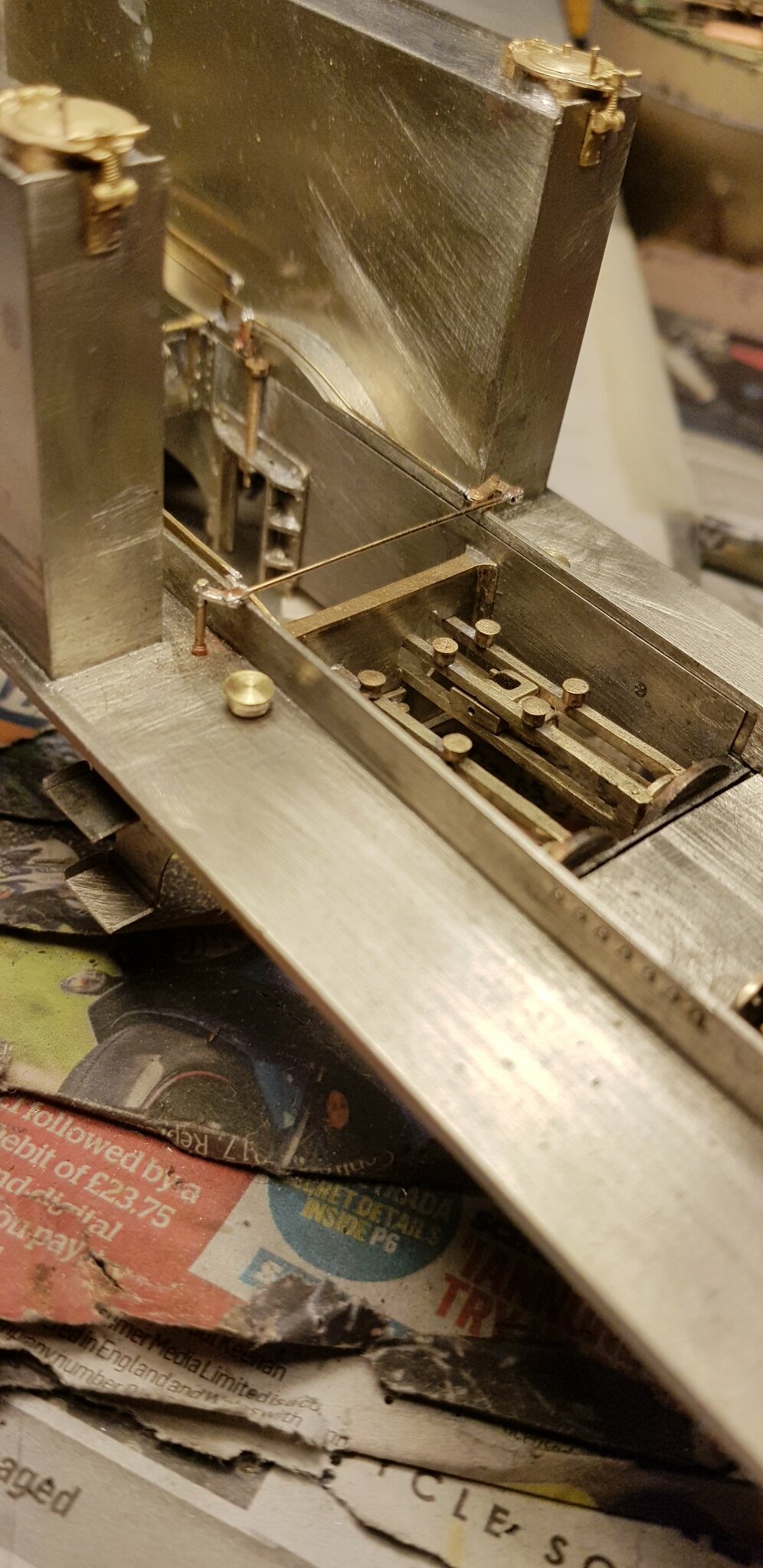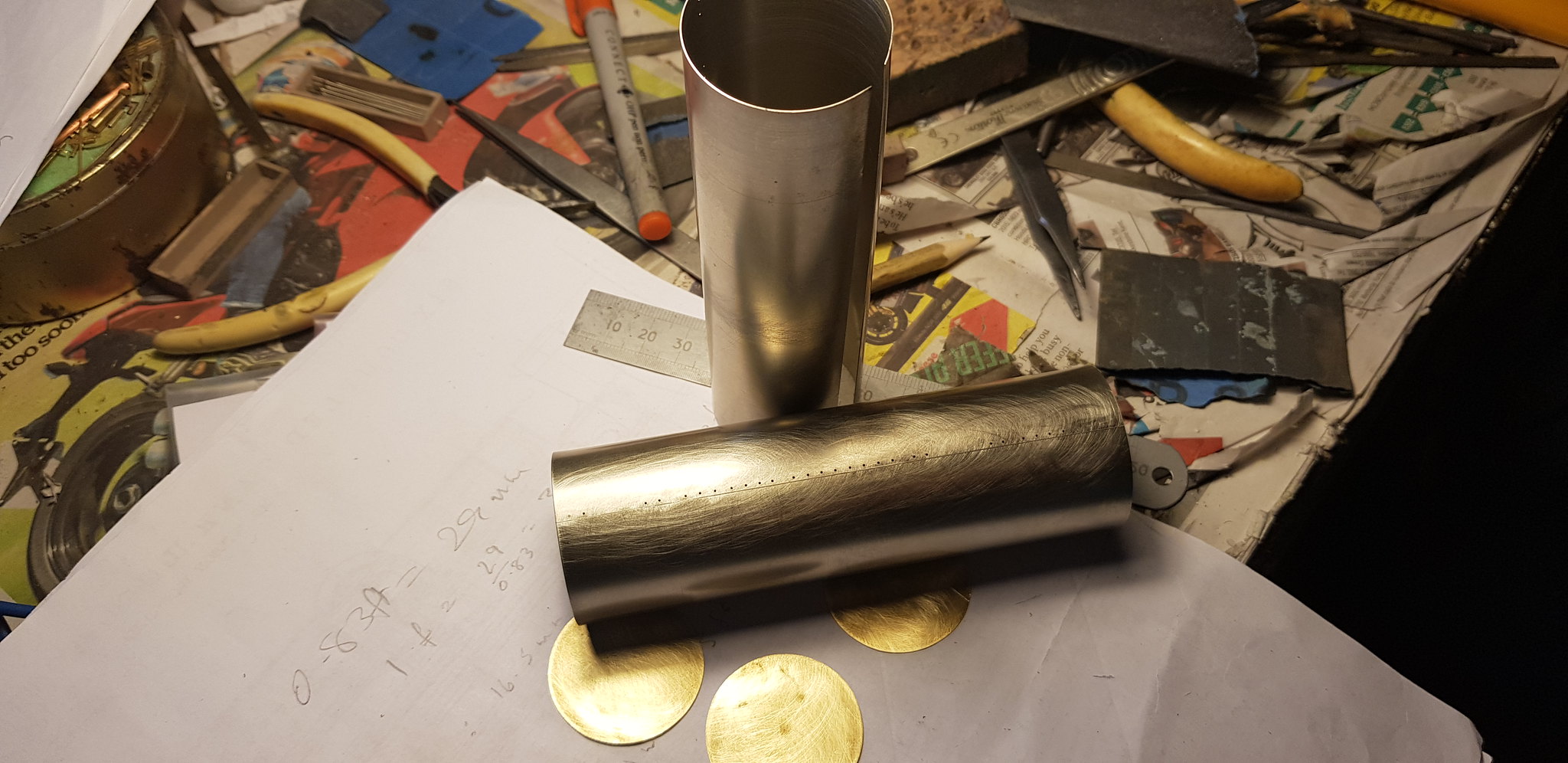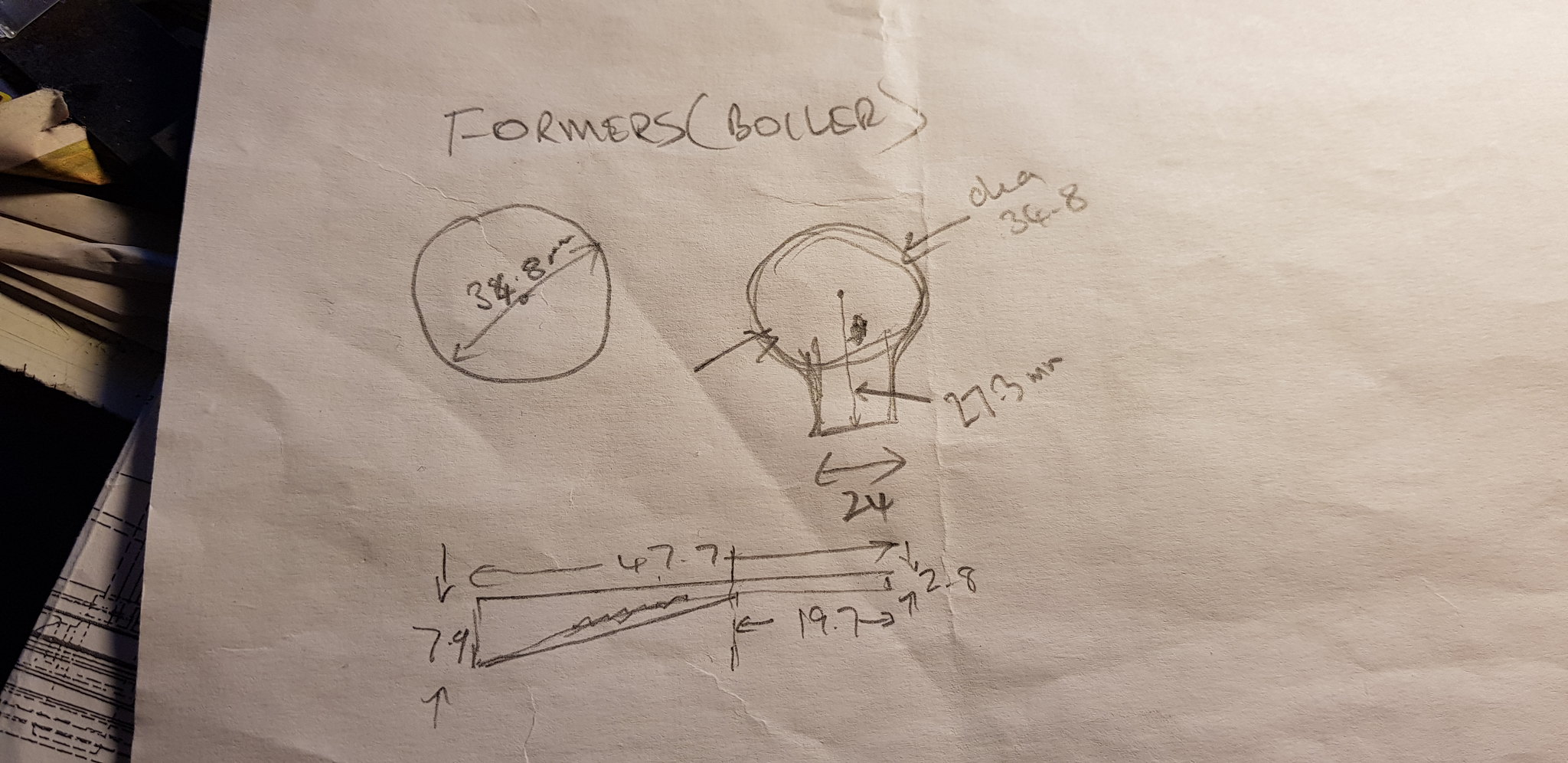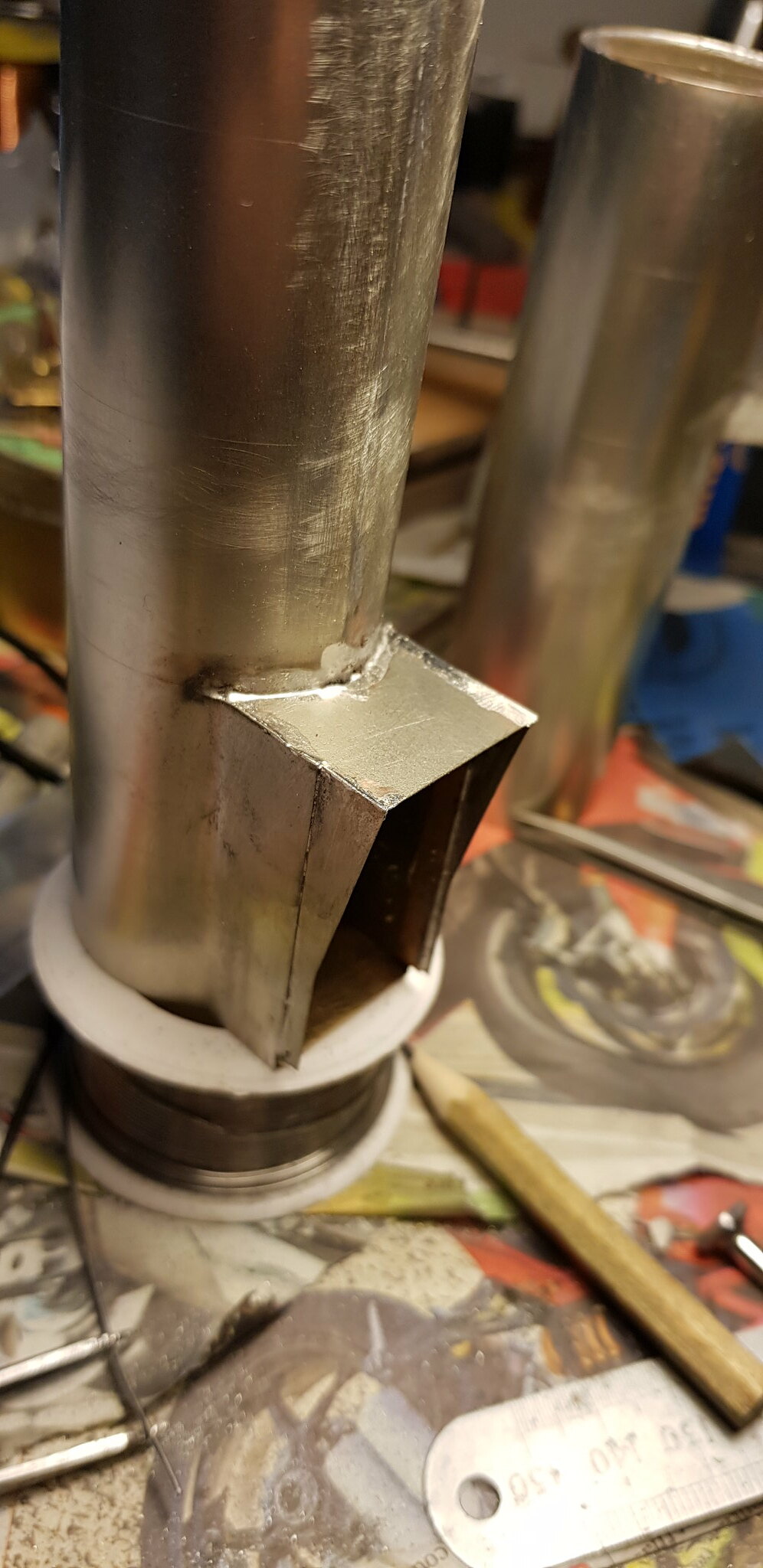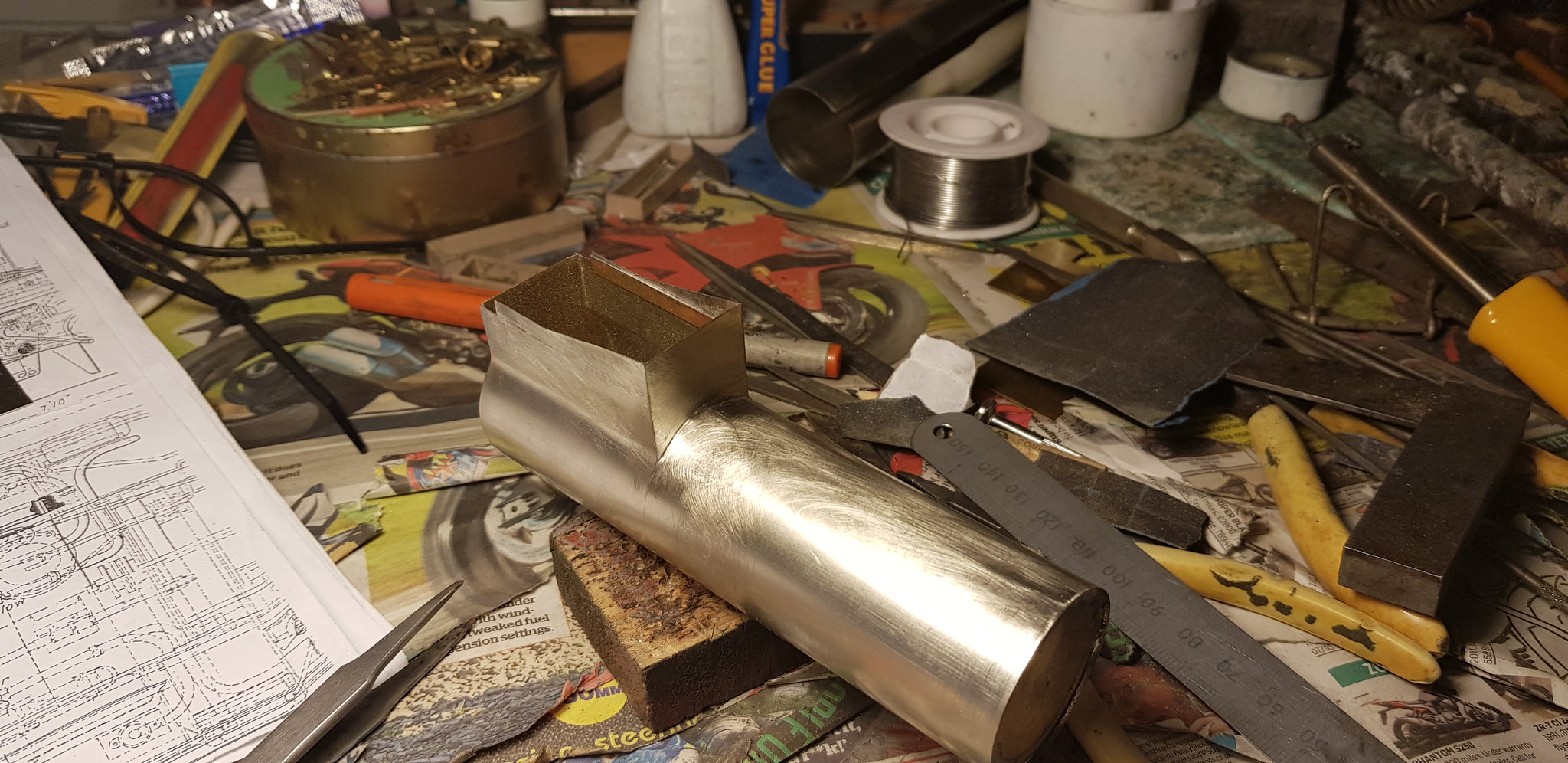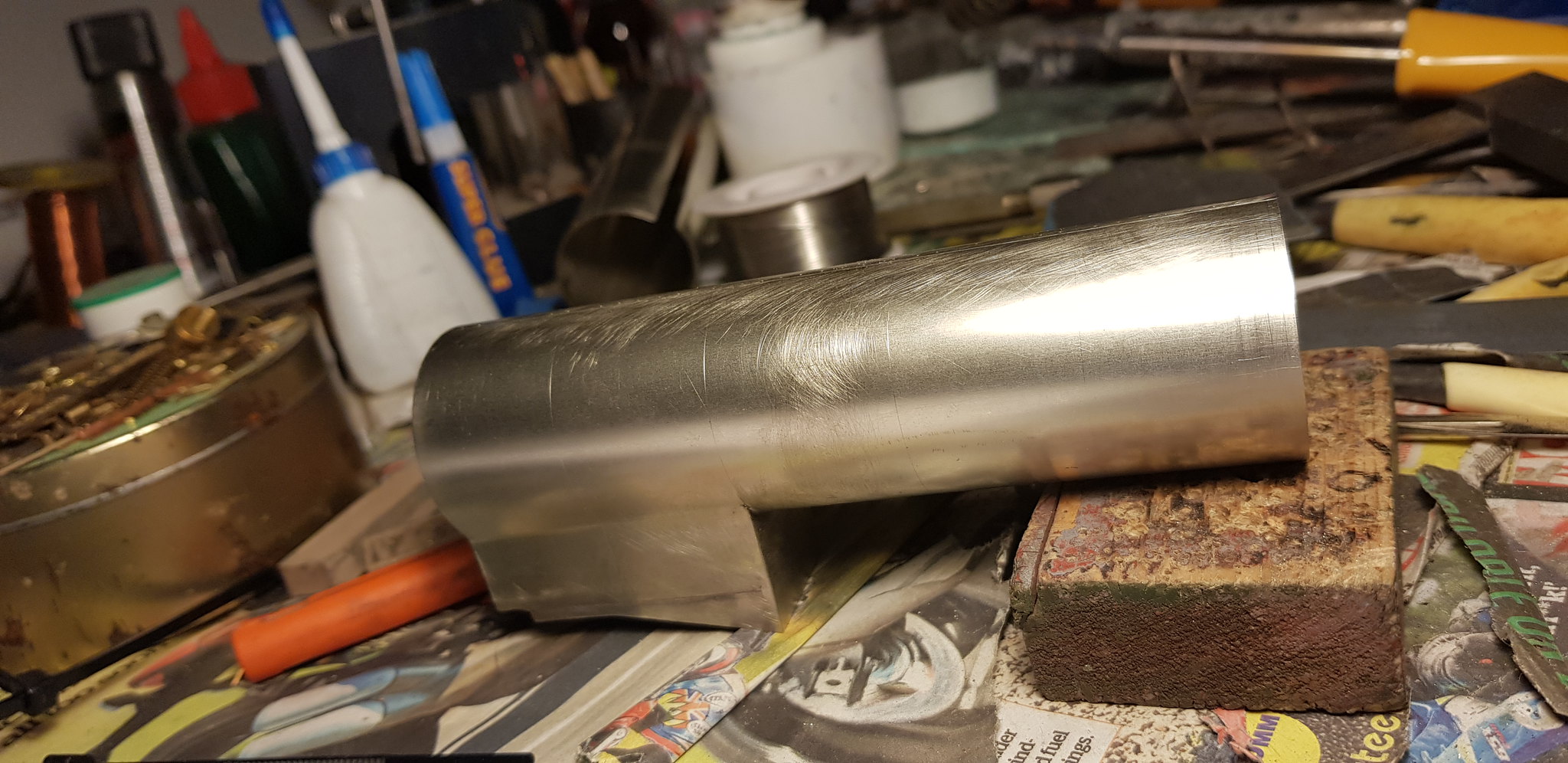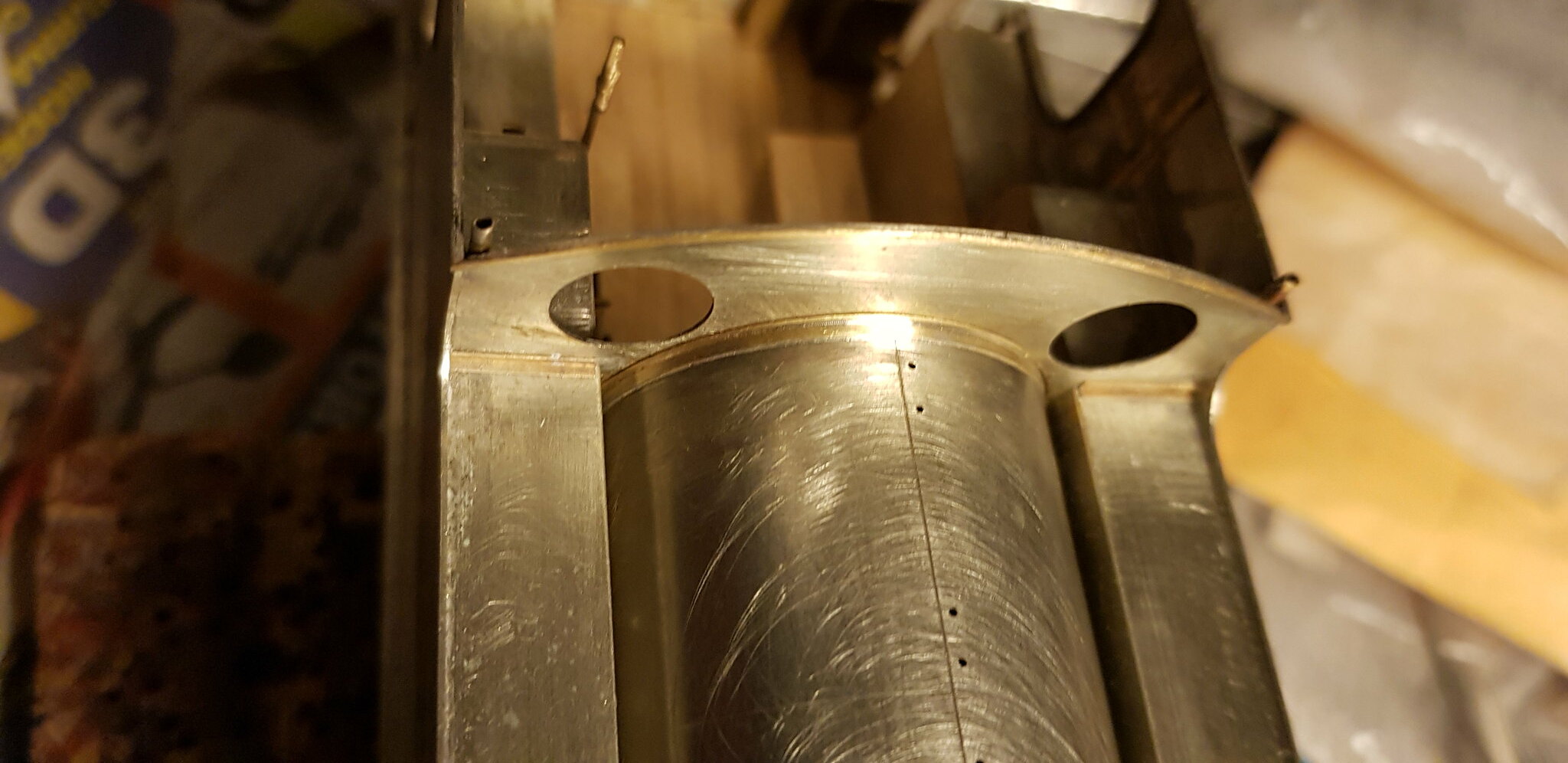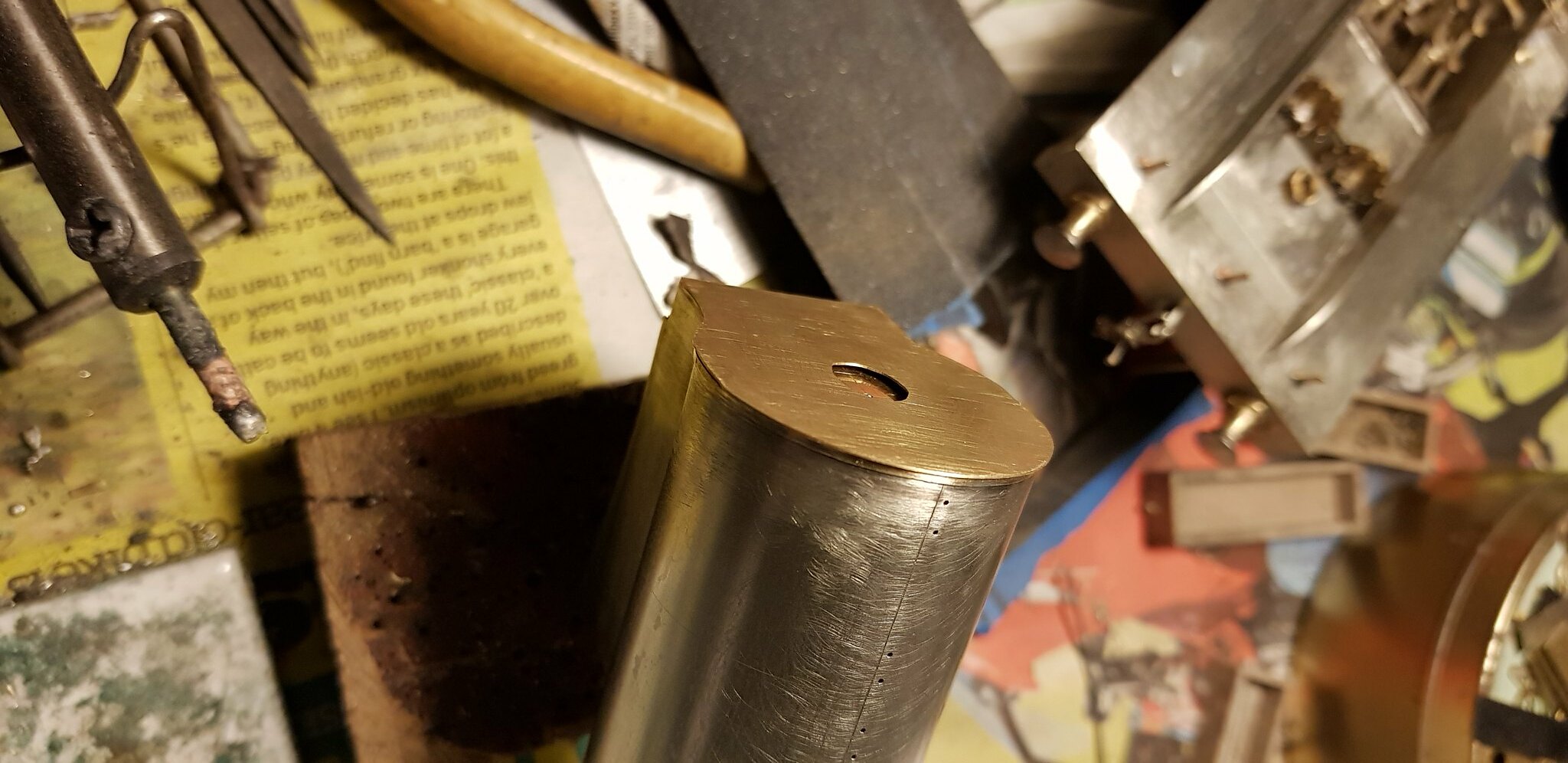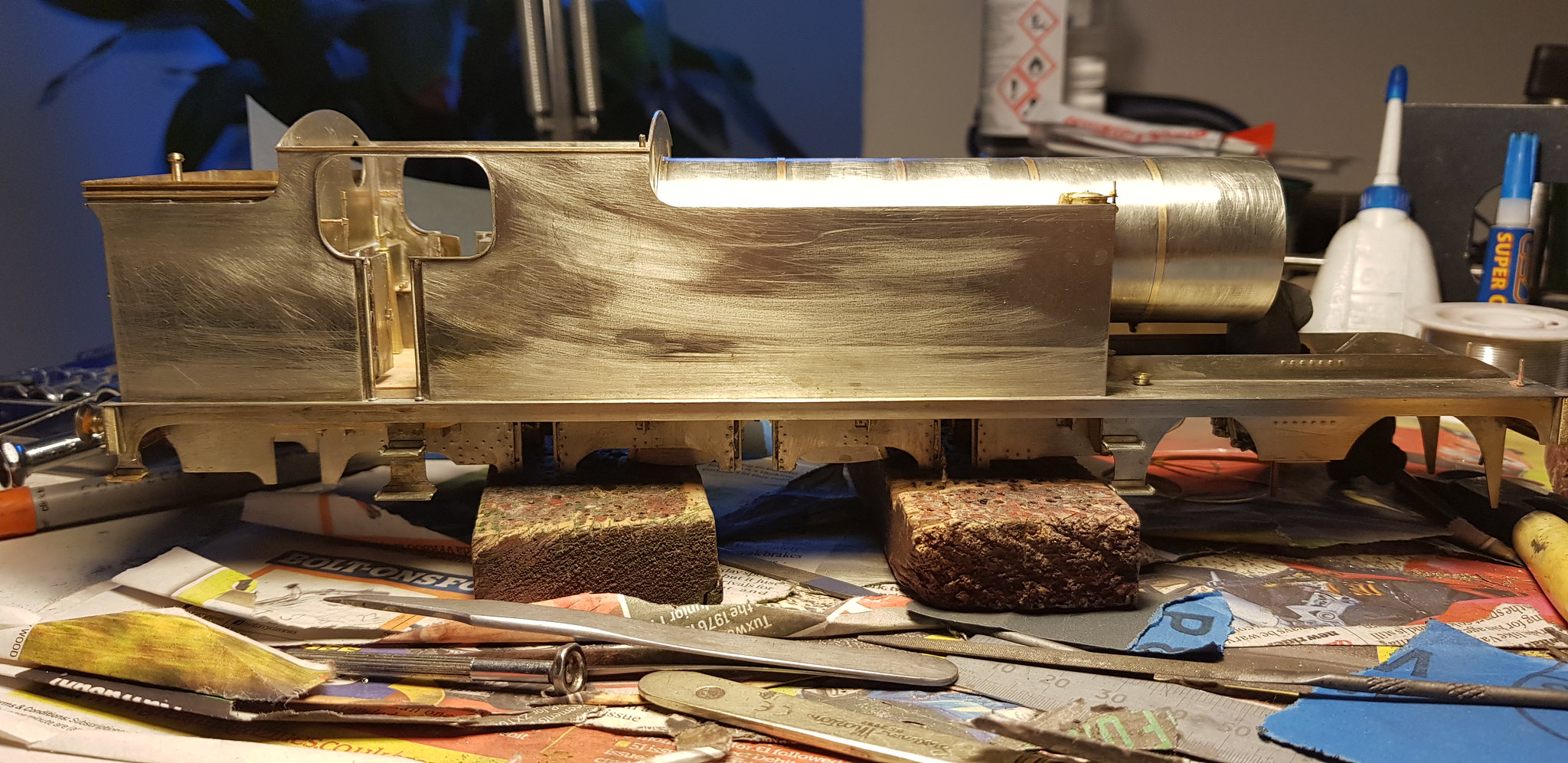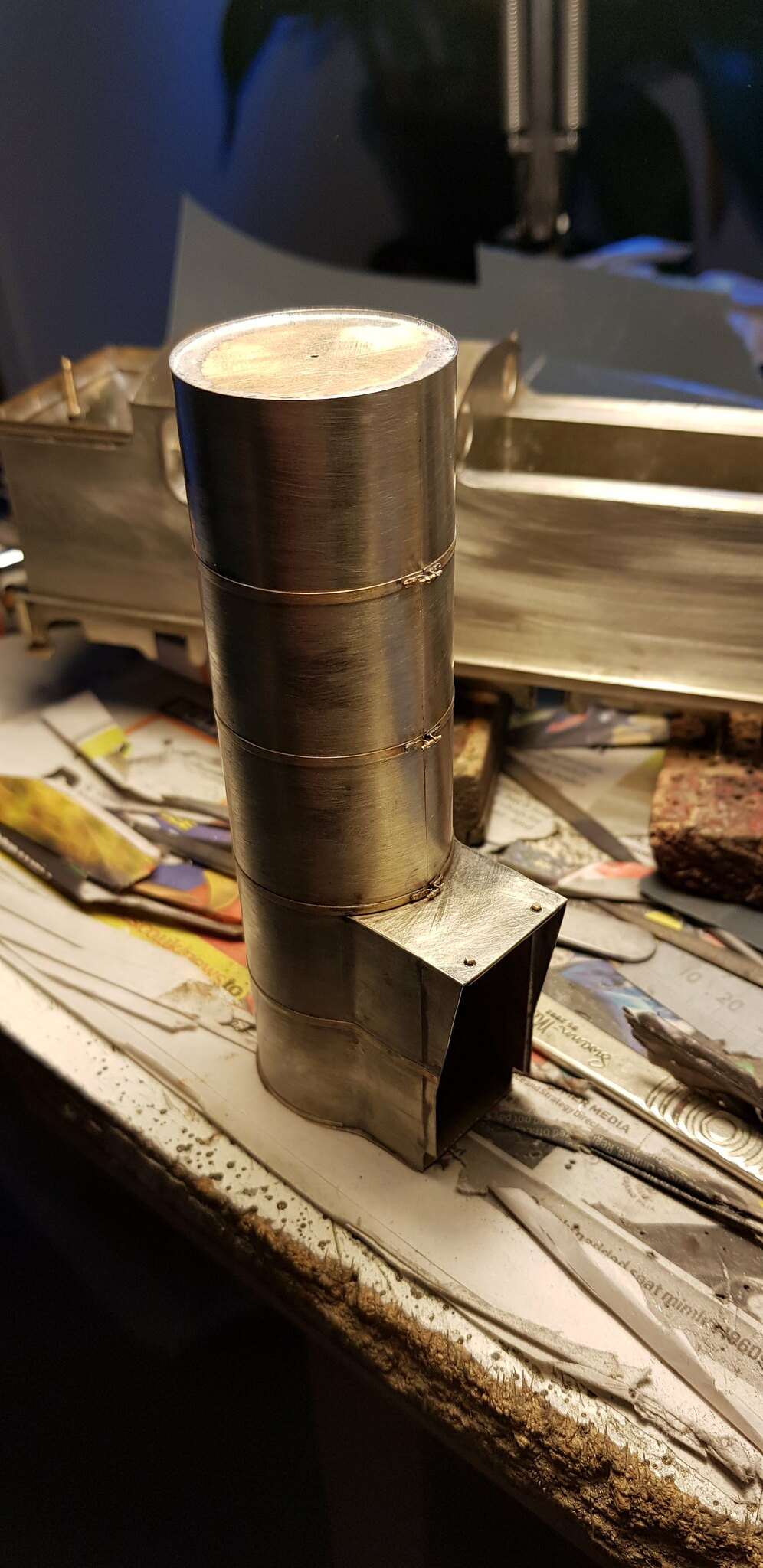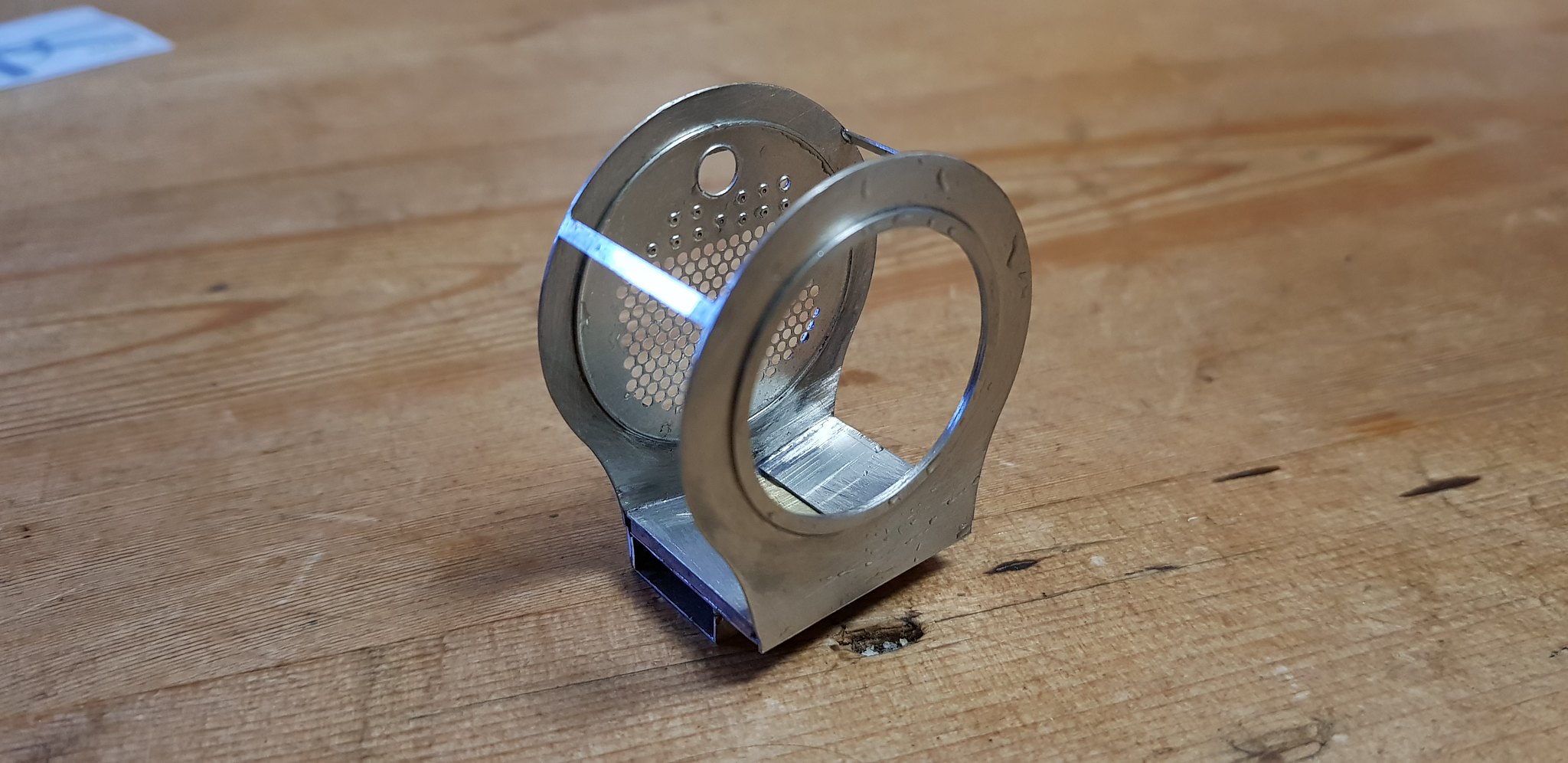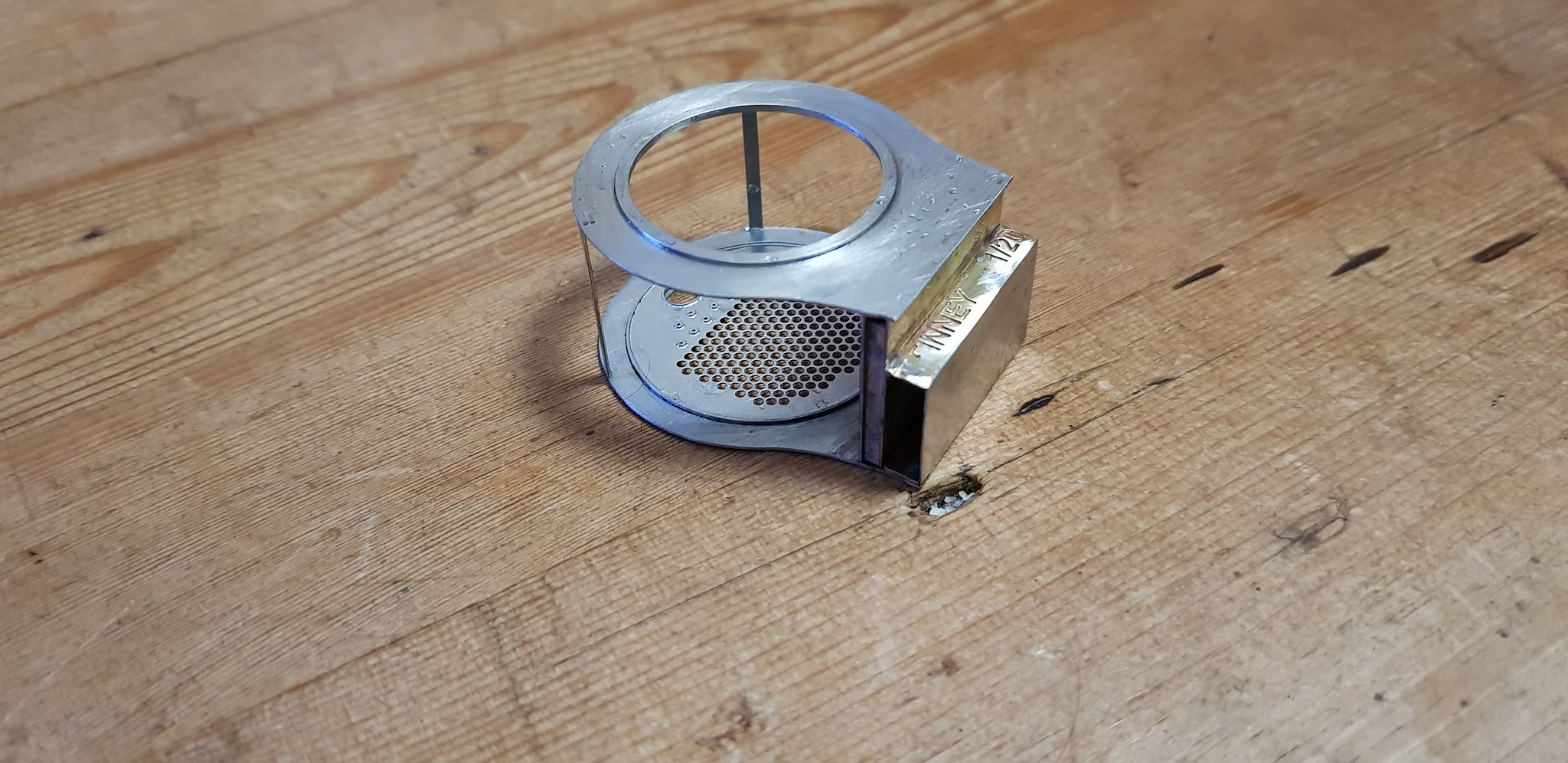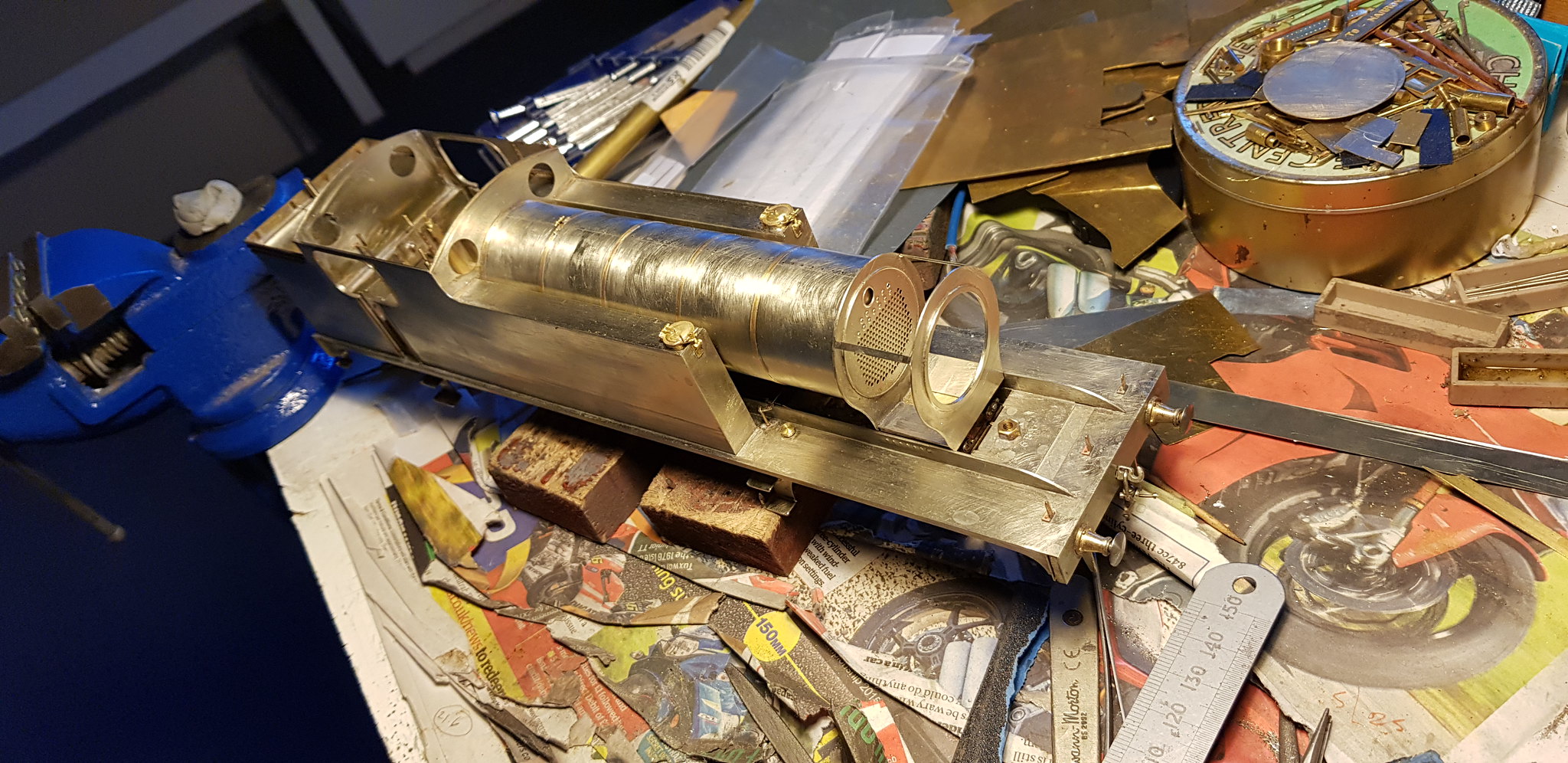Martin Shaw
Western Thunderer
I wouldn't wish to impune the locomotive builders of Darlington or Gateshead, but varnish would then have been cheaper than paint, no pigment to add to the mix, so it seems likely. Not only that it would have discoloured less from smoke, my own experience suggests that a cream painted cab roof looks distinctly tatty in short order.
Regards
Martin
Regards
Martin


